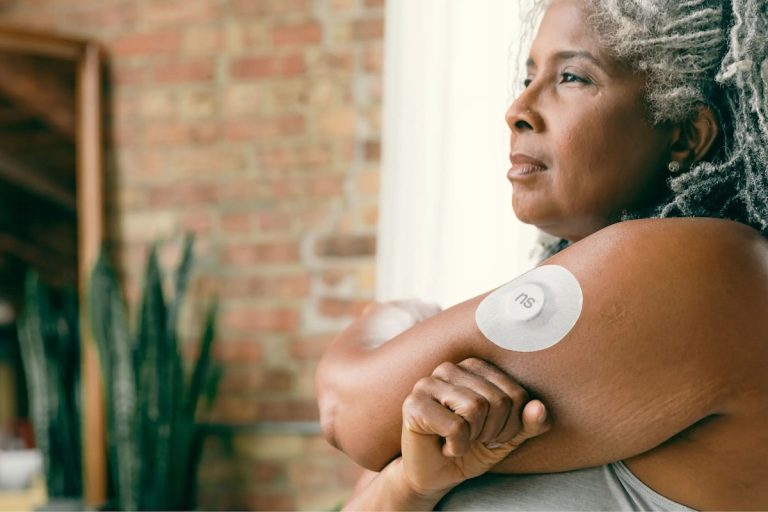For most children, summer is the perfect time to enjoy the great outdoors. Warm weather days and nights spent exploring, swimming, and going on adventures are beneficial for their growth and development. These activities give them lasting memories and a chance to enjoy their childhood.
However, along with the fun comes the hot, humid skin conditions that irritate their skin. Although these are pretty common, some cases can become more alarming than others.
Rashes due to heat
People enjoy the warmth of the summer months. However, it is vital to practice safety measures to avoid heat rashes due to extreme heat, particularly during periods of high humidity. Especially nowadays, as the Pacific Northwest and the Southeastern parts of the United States are currently under a heat advisory. In addition, temperatures are also expected to remain or even surpass record-highs.
What you can do:
-
Be mindful of the critical locations
The most frequent sign of this skin condition is the appearance of tiny reddish or pinkish blisters and bumps on the surface accompanied by itching. One critical preventive measure is to bring your kids to a shady and dry place to protect them from too much exposure to the sun and humidity. In addition, let them wear clothes that will keep them cool and dry during the day. If you’re going to be outdoors more, bringing a small fan and a few towels can help prevent too much sweating and overheating.
Bug stings and insect bites
Ticks, mosquitoes, bees, and other insect or bug bites can irritate, bring a slight discomfort, and even transmit diseases to people. Sure bites can also induce allergic reactions among kids, resulting in potentially life-threatening symptoms. Moreover, these can result in illnesses such as the zika virus, dengue fever, or malaria, to name a few.

What you can do:
-
Know what to avoid. As much as possible.
One research found how colors have considerable power to attract mosquitoes as they were found to draw more towards shades of navy blue, dark-red, reddish-brown, and scarlet. So, if you plan to spend more time outdoors, consider wearing light-colored clothing to ward off insects and bugs and make it easier to spot other types of parasites that may attach to you.
If you are going to go camping, or have an out-of-town vacation, make sure you bring added layers of protection, including a yellow fever mosquito trap, anti-bacterial soap, disinfectant, and other insect repellants. Furthermore, stay away from potential breeding and nesting ground for insects such as stagnant water on containers and unprotected food sources.
-
Dress accordingly
When walking in forested regions or thick grass, try to stay on well-marked routes and follow safety protocols from your guides. Make sure your youngster is all covered up by wearing long-sleeved clothing, pants, and a cap. Wear closed-toe shoes instead of slippers and sandals in areas where ticks may be prevalent.
Impetigo
This bacterial skin disease is found more frequently in reasonably hot, humid climates. It can create a rash with fluid-filled boils or an overflowing one with crusty, yellowish scabs and infections. In addition, Impetigo tends to form near skin breaks, such as those around bug bites.
What you can do:
-
Wash, dry, cover, repeat
Soak the affected region in a bathtub or with a washcloth and lukewarm water. Dry it down and loosely wrap it to help avoid contact between the affected area and around the body. Scratching should be discouraged because it can transmit the infection to different areas of the body. Of course, you may clip your kid’s nails as needed.
Summer’s itch
Symptoms of this condition may occur after spending time in rivers, beaches, and lakes. A rash occurs when tiny parasitic organisms that live in infested, shallow, and warm waters contact you while swimming or wading. When parasites invade the skin, they dig into it, leaving red, slightly elevated patches, bumps, and blisters on flesh.
What you can do:
-
Stay alert
It is not recommended to swim close or wander in swampy regions where snails are present as they can be a potential source or host of this bacteria. Upon exiting the lake, rinse immediately and dry yourself with a clean towel. In case of severe manifestations, visit your pediatrician, a dermatologist, or an expert in the field to help you administer first aid and prevent further harm.
Safeguarding your children’s skin is a continuous responsibility and concern among parents and individuals alike. Although rashes commonly seen in the summer have a short duration and disappear independently, it pays to be cautious and come prepared. Furthermore, it is still best to make an appointment with your doctor, especially if you aren’t sure about the origin of a rash and that your kid is constantly complaining about the pain or the itch already.



